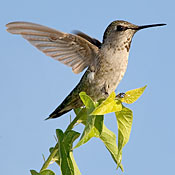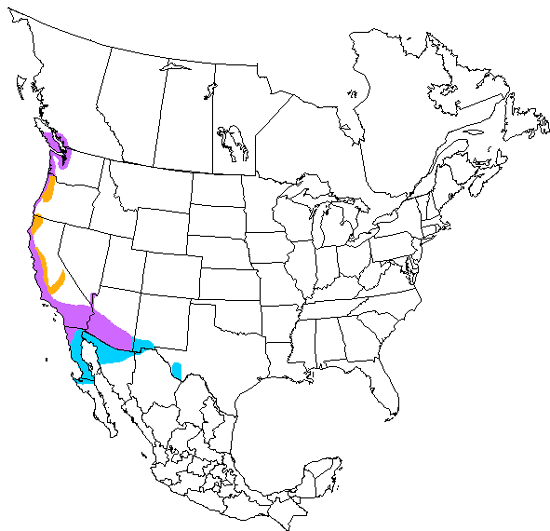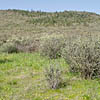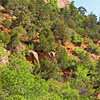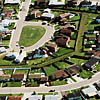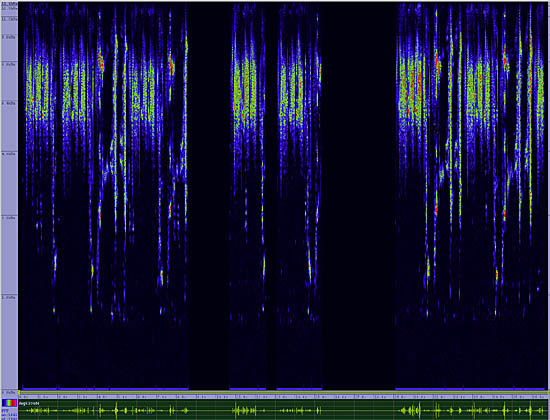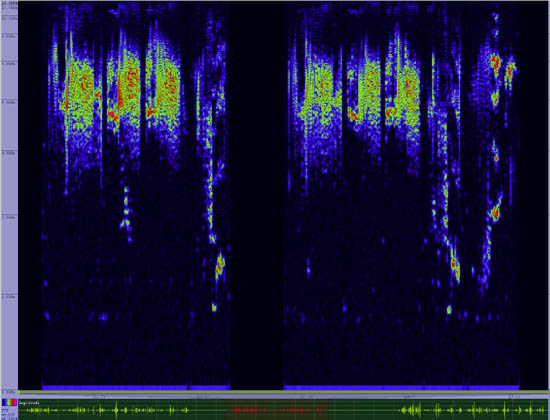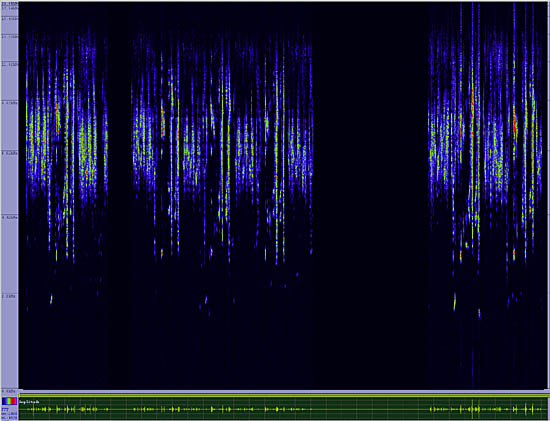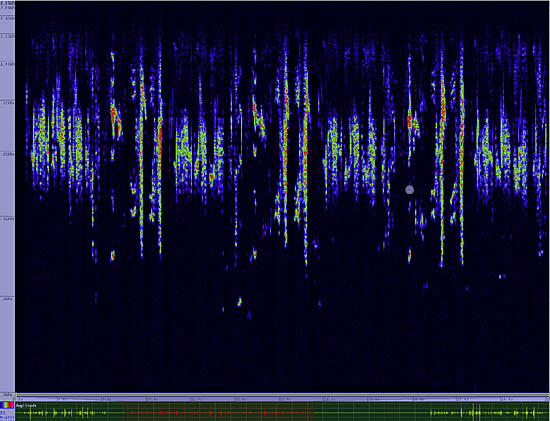Anna's Hummingbird
Calypte anna

Hummingbird
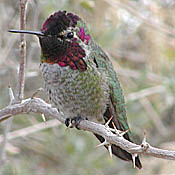
Length: 4 in. (10 cm )
The most common urban hummingbird in the far west, the Anna\'s Hummingbird has considerably expanded its range north and east in the last 25 years, mainly because of the availability of exotic flowers, eucalyptus trees and year round hummingbird feeders. The male is often first noticed by its squeaky song. It breeds 2 or 3 times a year and begins its first nest in December in the desert southwest. The tiny nest is held together by spider webbing and is usually at eye level in a thick bush or vine.
The four-digit banding code is ANHU.
Bibliographic details:
- Article: Anna's Hummingbird
- Author(s): Dr. Biology
- Publisher: Arizona State University School of Life Sciences Ask A Biologist
- Site name: ASU - Ask A Biologist
- Date published: 13 Jul, 2017
- Date accessed:
- Link: https://askabiologist.asu.edu/activities/bird/annas-hummingbird
APA Style
Dr. Biology. (Thu, 07/13/2017 - 15:36). Anna's Hummingbird. ASU - Ask A Biologist. Retrieved from https://askabiologist.asu.edu/activities/bird/annas-hummingbird
Chicago Manual of Style
Dr. Biology. "Anna's Hummingbird". ASU - Ask A Biologist. 13 Jul 2017. https://askabiologist.asu.edu/activities/bird/annas-hummingbird
Dr. Biology. "Anna's Hummingbird". ASU - Ask A Biologist. 13 Jul 2017. ASU - Ask A Biologist, Web. https://askabiologist.asu.edu/activities/bird/annas-hummingbird
MLA 2017 Style
Be Part of
Ask A Biologist
By volunteering, or simply sending us feedback on the site. Scientists, teachers, writers, illustrators, and translators are all important to the program. If you are interested in helping with the website we have a Volunteers page to get the process started.

